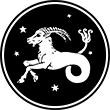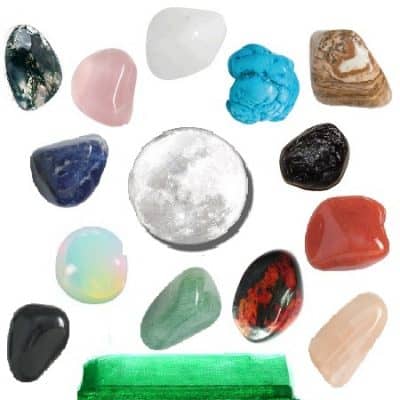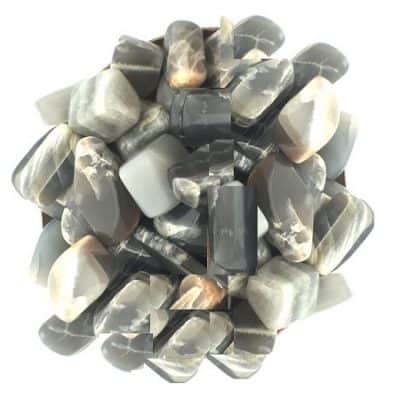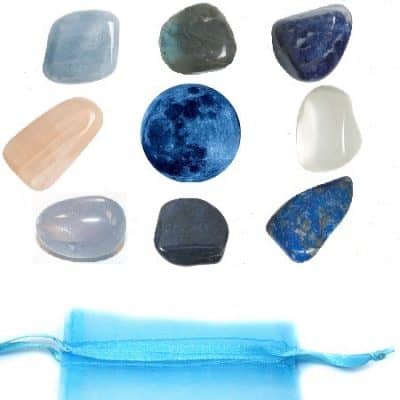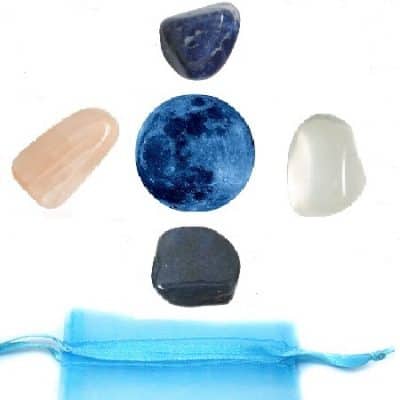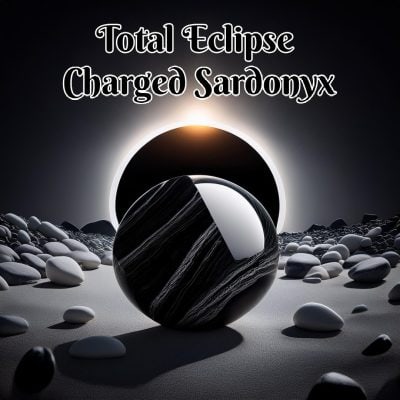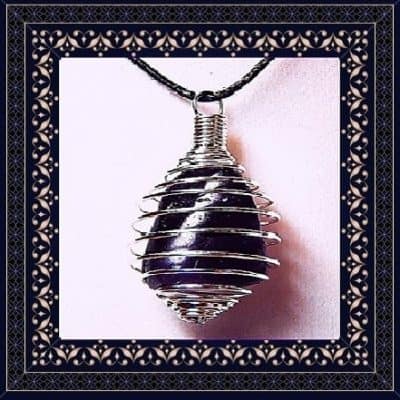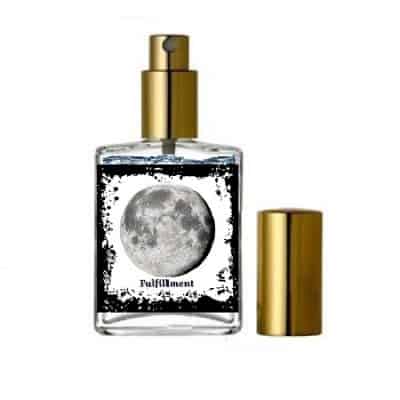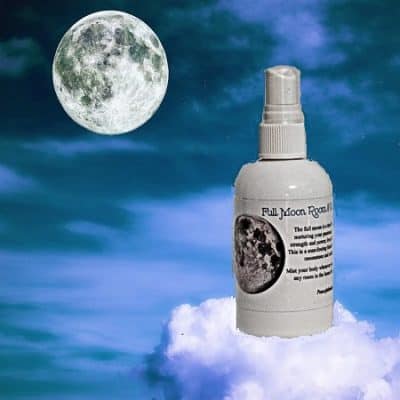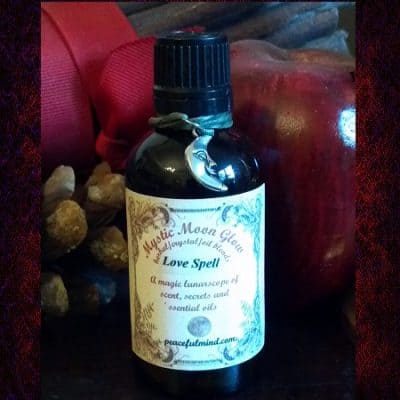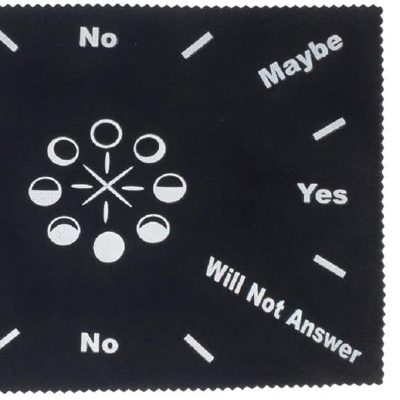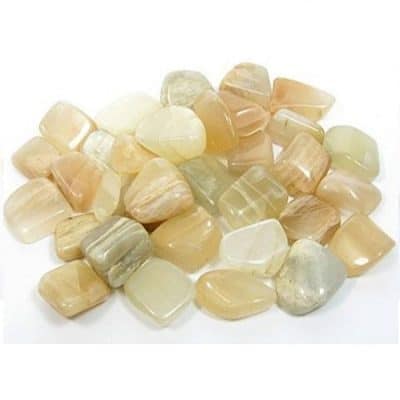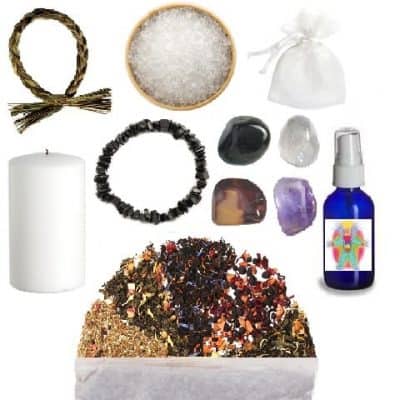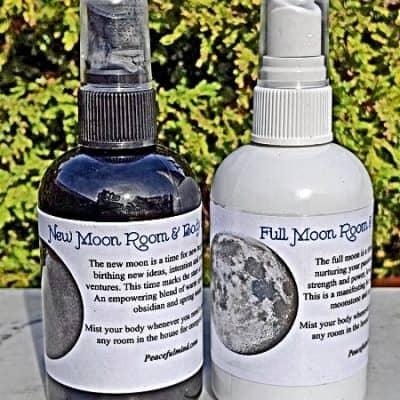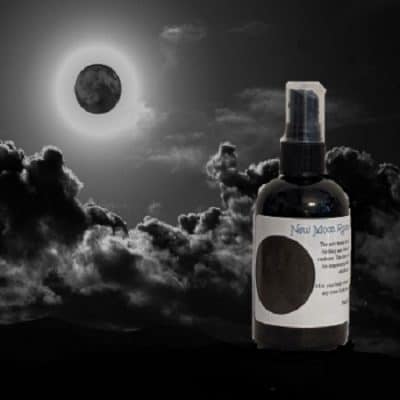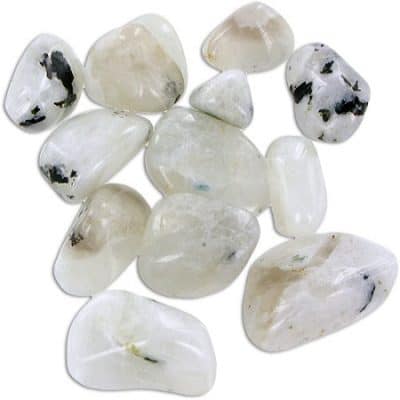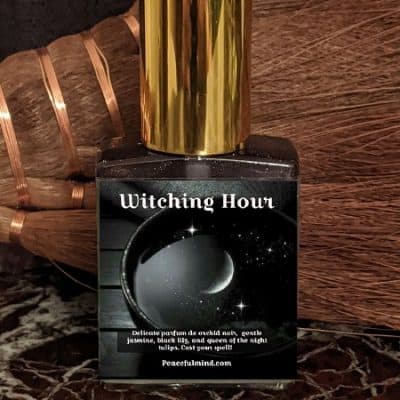Manifesting with the Moon
The cycles of the moon are important when doing any kind of empowerment work in order to manifest what we want in life. When working with the energy of natural cycles, you are likely to get better results with the cycles of the moon since they have great power over the tides of our emotions.
This lunar influence is not a constant, unchanging thing, however, and an understanding of the basic lunar cycles can help us to understand how these cycles influence our lives. The moon orbits the earth about every 29 days, and this first cycle is the one most people are familiar with. The moon is illuminated by sunlight, the giver of all warmth, light, and life in our solar system, but we can’t always see the part being lit. As the moon goes around the earth, we see the moon from different angles. When we see a full moon, the moon is directly opposite the sun, when we see no moon, its because the moon and sun are in the same direction.
“As without, so within”. Knowledge of the basic cycles of life is an understanding of the forces that motivate and drive us; the forces that affect our lives.

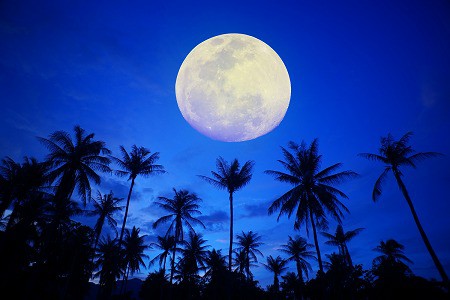
Super Moons
- 19th August 2025 – Full Super Sturgeon Moon
- 17th September 2025 – Full Super Harvest Moon
- 17th October 2024 – Full Super Hunter Moon
- 15th November 2025 – Full Super Beaver Moon
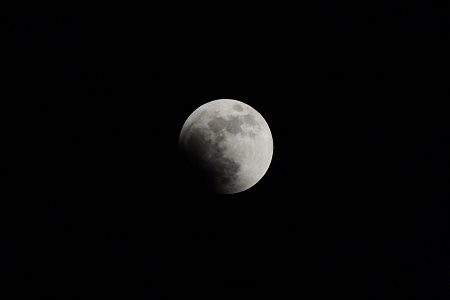
Eclipses
- March 13-14 2025 (Thursday night and Friday morning) to catch the Moon turning red (Blood Moon) during a Total lunar eclipse.
- March 29th 2025 Partial solar eclipse
- September 7- 8 2025 Total lunar eclipse
- September 21st 2025 Partial solar eclipse

Blue Moon
- 19th August 2025 – Full Super Sturgeon Blue Moon
Moon Mischief, Empowerment, Magic
-
Sale!

“Moon Glow” Pendant Series
Original price was: $ 24.95.$ 21.95Current price is: $ 21.95. -
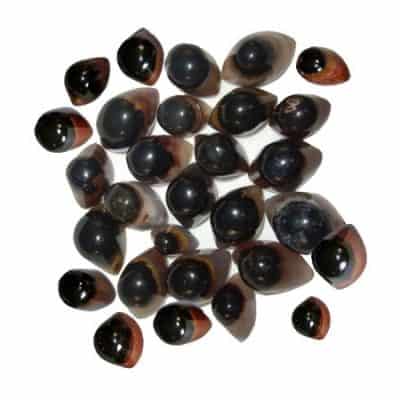
Agate Eye
$ 19.95 -
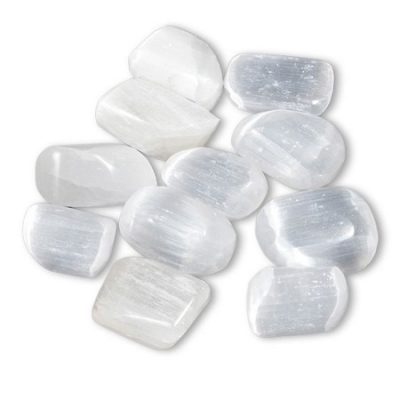
Apophyllite Tumblestone Plus
$ 6.95 -
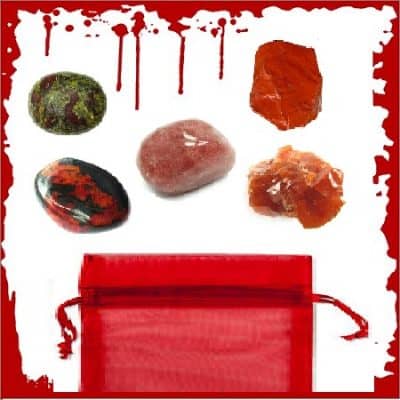
Blood Moon Crystal Pouch
$ 21.95 -

Blood Moon Perfume
$ 29.00 -
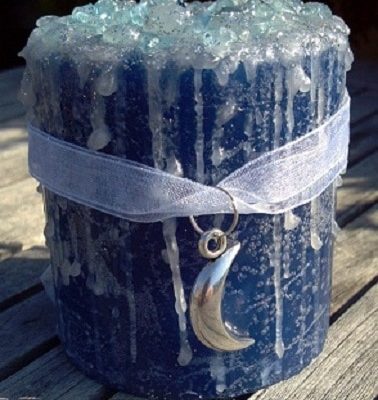
Blue Moon Candle
$ 19.95 -
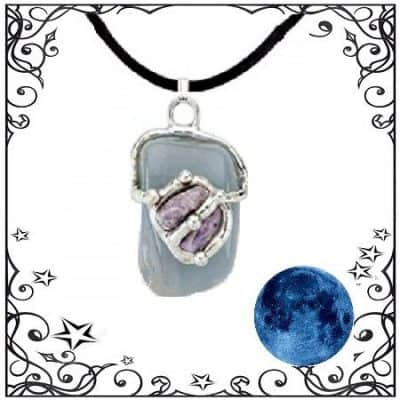
Blue Moon Drop Pendant
$ 34.95 -
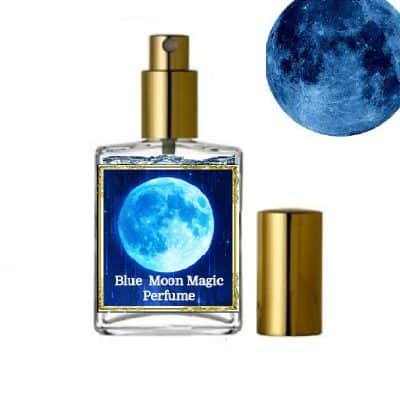
Blue Moon Perfume
$ 28.00 -
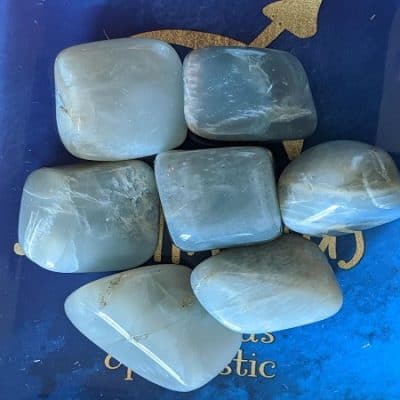
Blue Moonstone Tumblestone
$ 14.95 -
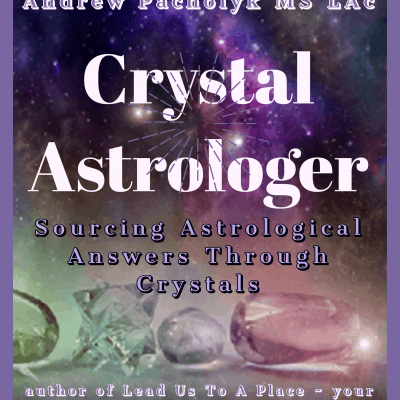
Crystal Astrologer Course
$ 279.95 -
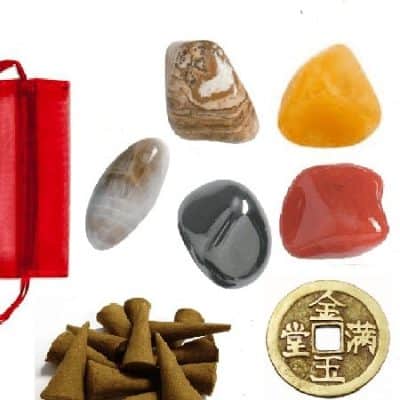
Feng Shui Zodiac Crystals
$ 14.95 -

Full Moon Bath Salts
$ 14.95 -
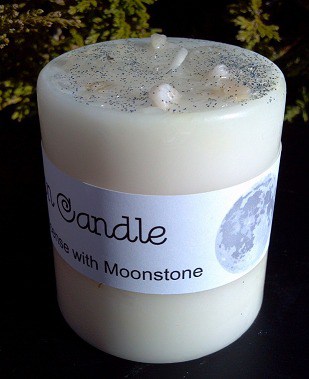
Full Moon Candle
$ 14.95 -
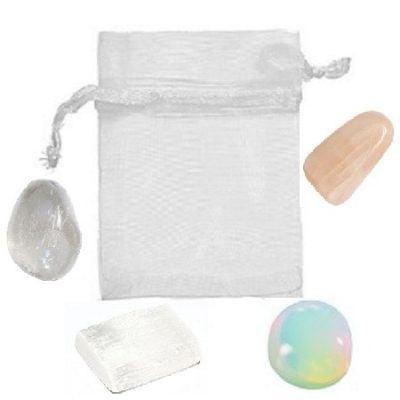
Full Moon Crystal Set
$ 14.95 -
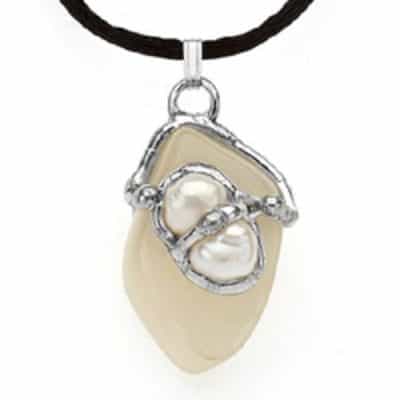
Full Moon Drop Pendant
$ 39.95 -
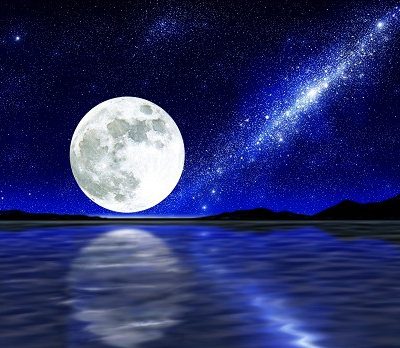
Full Moon Incense
$ 4.95 -
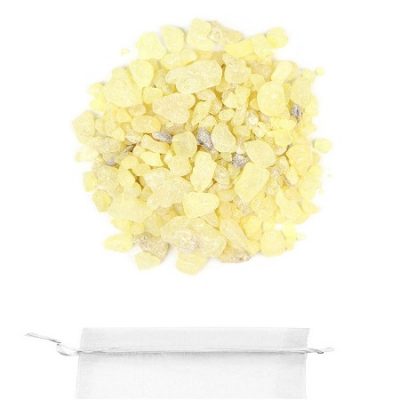
Full Moon Resin Incense
$ 6.95 -
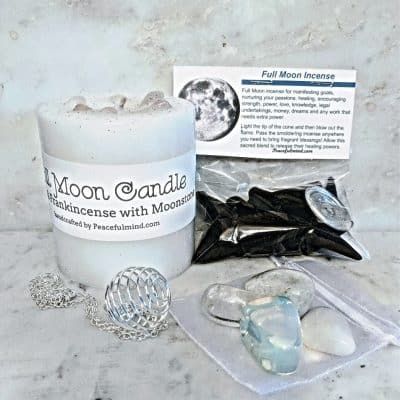
Full Moon Ritual Kit
$ 29.95 -

Imbolc Elixir Oil
$ 9.95 -
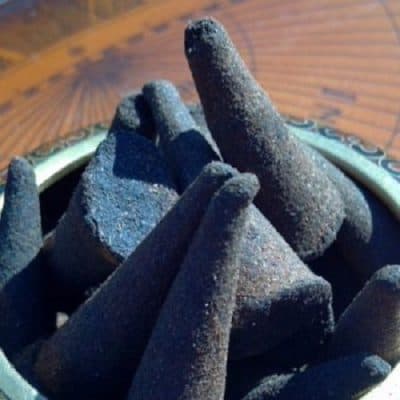
Jasmine Incense Cones
$ 4.95 -

Manifest + Cultivate Oil
$ 21.95 -
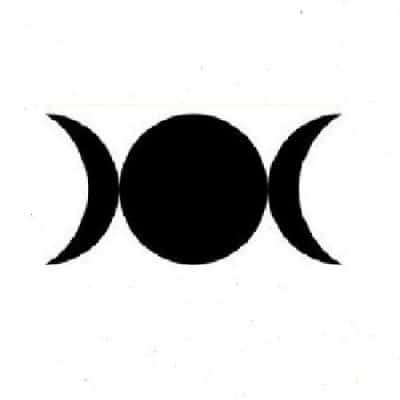
Moon Goddess Incense Cones
$ 4.95 -
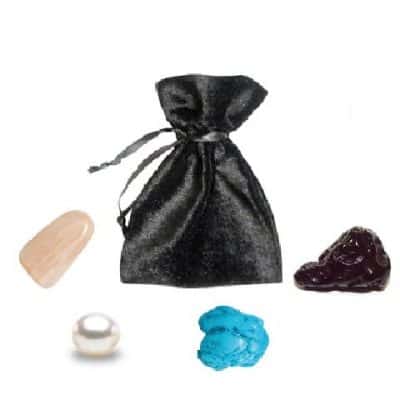
Moon Sign Pouch
$ 21.95 -
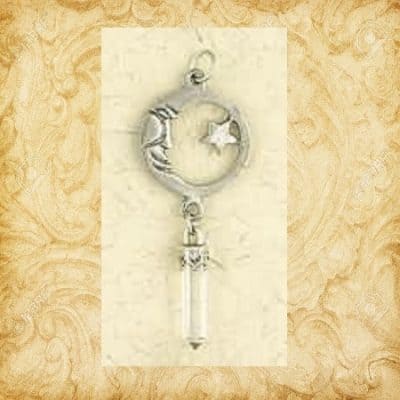
Moon Star Crystal Pendant
$ 21.95 -
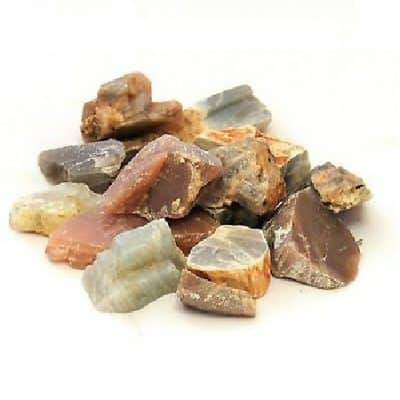
Moonstone Rough
$ 6.95 -
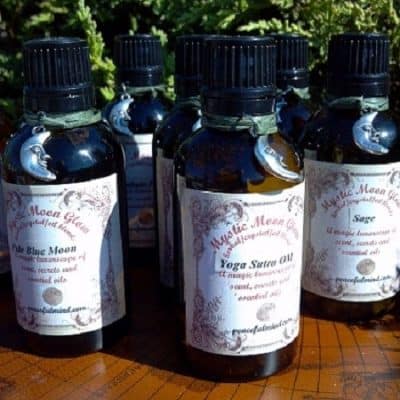
Mystic MOON Glow Essential Oil Blends
$ 9.95 -
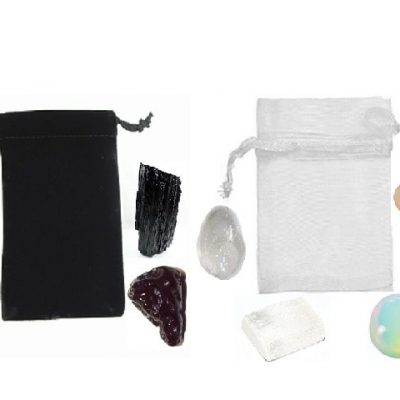
New & Full Moon Crystal Set
$ 24.95 -

New Moon Bath Salts
$ 14.95 -

New Moon Beginnings Perfume
$ 28.00 -
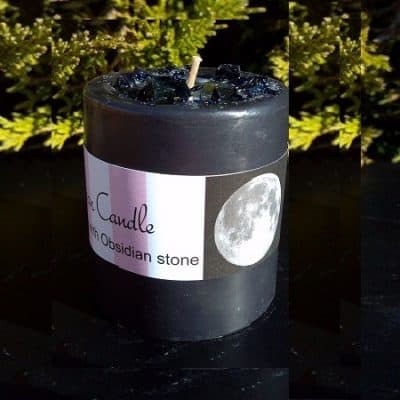
New Moon Candle
$ 14.95 -
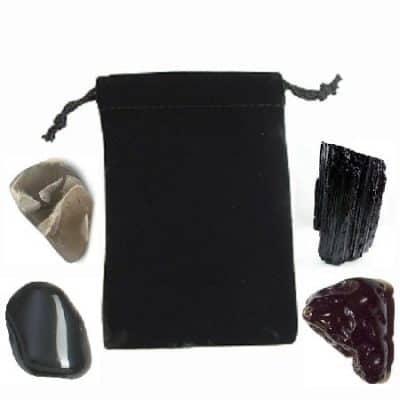
New Moon Crystal Set
$ 14.95 -
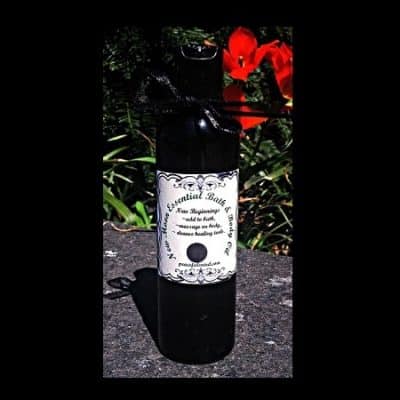
New Moon Essential Bath & Body Oil
$ 19.95 -
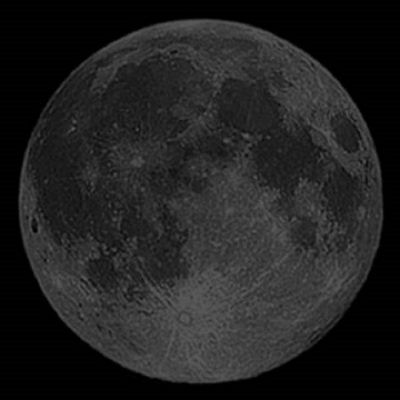
New Moon Incense
$ 4.95 -
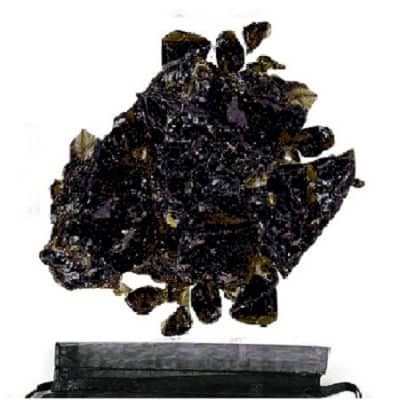
New Moon Resin Incense
$ 6.95 -
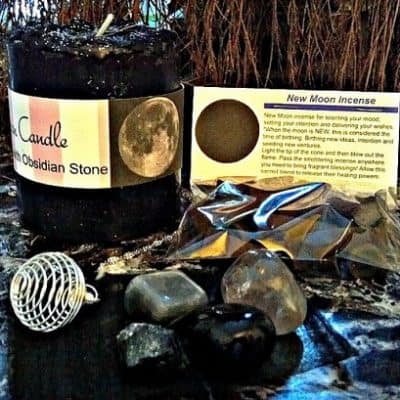
New Moon Ritual Kit
$ 29.95 -
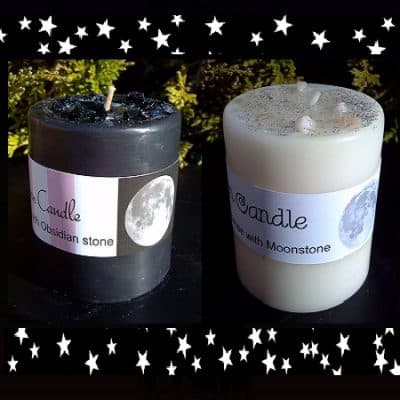
New Moon/Full Moon Candle Set
$ 27.95 -
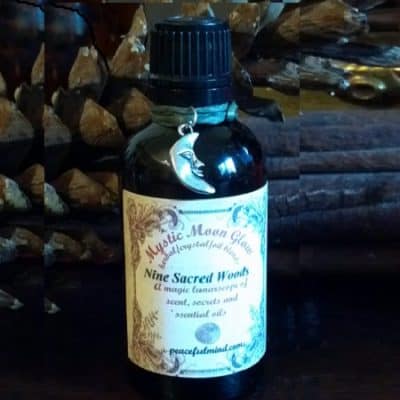
Nine Sacred Woods Elixir Oil
$ 9.95 -
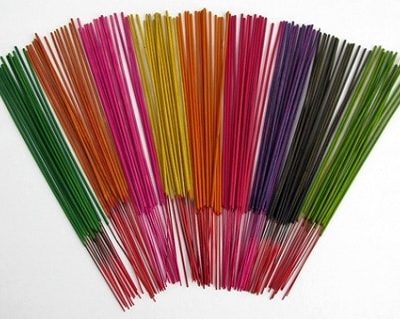
Sacred Intention Incense Sticks
$ 6.95 -
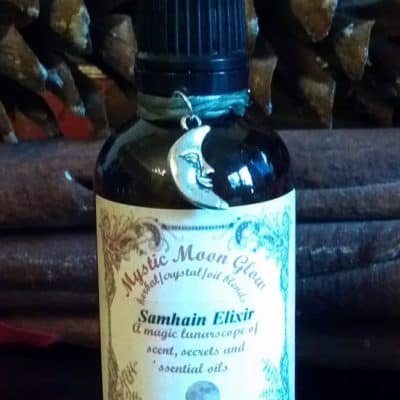
Samhain Oil
$ 9.95 -

Selenite Chip Bracelet
$ 14.95 -
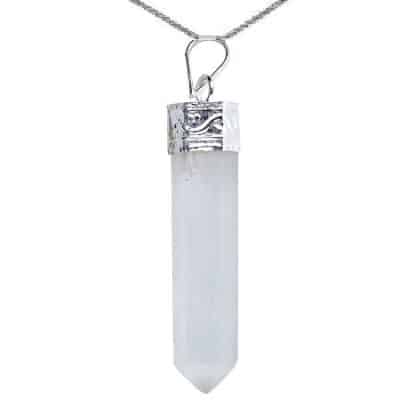
Selenite Moon Glow Pendant
$ 19.95 -
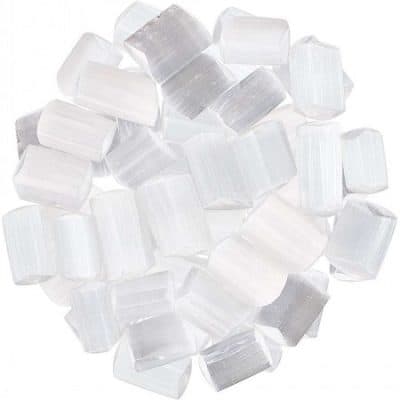
Selenite Rough Stone
$ 3.95 -

Shungite Energy Water
$ 14.95 -
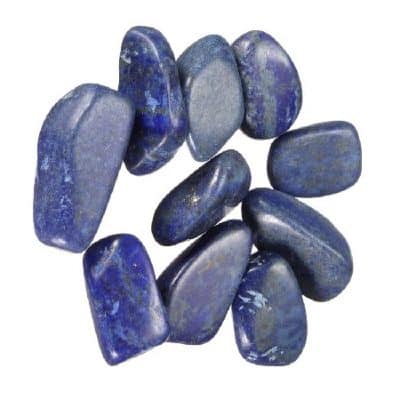
Sodalite Tumblestone Only
$ 2.95 -

Sodalite Tumblestone Plus
$ 3.95 -
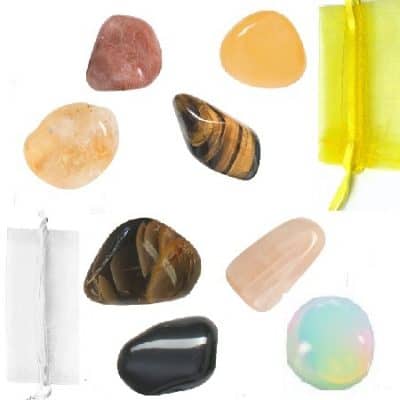
Sun & Moon Crystal Set
$ 24.95 -
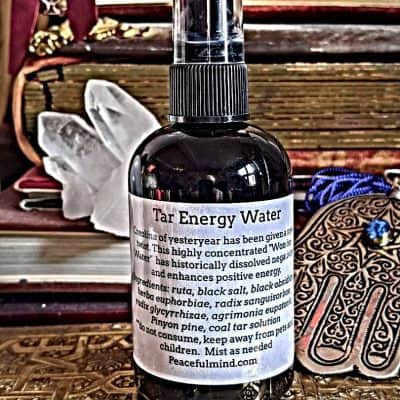
Tar Water
$ 14.95 -
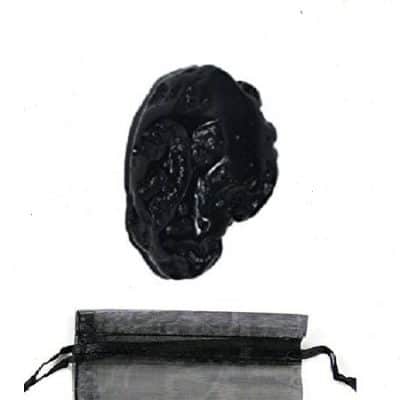
Tektite Stone
$ 4.95 -
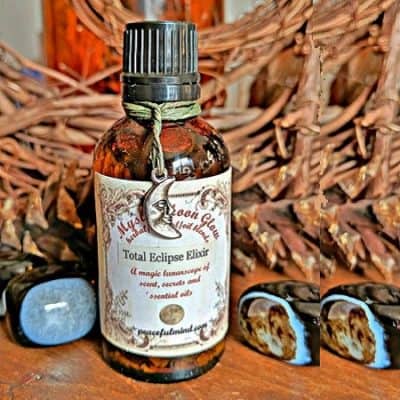
Total Eclipse Elixir Oil
$ 9.95 -

Triple Blessing Oil
$ 11.95 -
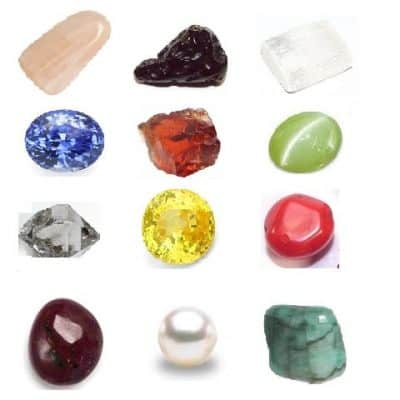
Vedic Planets Crystal Pouch
$ 59.95 -

Yoga Sutra Oil
$ 9.95

*When the moon is NEW, this is considered the time of birthing. Birthing new ideas, intention and seeding new ventures. This is also called the dark of the moon. This time also marks the beginning of a major new cycle in your life. It is not yet a definitive separation with the past, but it is a time when you instinctively feel an impulse for creating new beginnings. This is the right time for setting your intentions and releasing them out to the Universe to manifest and express.
*When the moon is WAXING, this is when it is growing toward a full moon. It is the time to do empowerment work in manifesting, expanding and growth. Use this time for developing a clear, practical plan, lose all hesitation and move forward.
Nurture the intention and ideas you started at the new moon. This is the time to be conscious of your new venture, as you work to make it manifest.
*When the moon is FULL, this is considered the highest time for manifesting goals, nurturing your passions, full scale healing, encouraging strength and power, love, knowledge, legal undertakings, money and dreams. It is the most potent time for rituals for prophecy, protection, divination and any manifesting work that needs extra power. This is the time when the seed you planted at the new moon may have developed.
*When the moon is WANING, this is when it is shrinking after a full moon. It is time to do empowerment work in diminishing, decreasing and dissipating. This is a time to complete old projects and let go of strategies and situations that aren’t working. This is an important time for reversing circumstances, releasing old ways of thinking, removing unwanted negative energies, along with addictions, illness, or oppressive belief systems. The process of letting go.
With the Flow
When working with or manifesting with the moon, it is important to work WITH the cycles of the moon. To do otherwise, would feel like a fish who is trying to swim upstream, against the current. Once you accustom yourself to the cycles of the moon, you will be able to harness that energy for more than just empowerment work.
Here you will find the “swing” of the moon from new to full. Click on the moon’s names to learn more about their origins. Click on the dates to learn more about major “lunar events and festivals”.
Full Moon names date back to Native Americans, of what is now the northern and eastern United States. The tribes kept track of the seasons by giving distinctive names to each recurring full Moon. The Hindu, Thai, Hebrew, Islamic, Tibetan, Mayan, Neo-pagan, Germanic, Celtic, and the traditional Chinese calendars are all based on the phases of the Moon.

Full Wolf Moon
January – Amid the cold and deep snows of winter, the wolf packs howl hauntingly outside Indian villages throughout the West and therefore, the name for January’s full Moon. Sometimes it was also referred to as the Quite Moon by the Celts, the Old Moon by the Chinese or the Moon After Yule. A bright first Moon promised rain in Spring and a bountiful harvest in Fall.

Full Snow Moon
February – Since the heaviest snow usually falls during this month, native tribes of the north and east most often called February’s moon, the Storm Moon or Full Snow Moon. Some tribes also referred to it as the Full Hunger Moon, since harsh weather made hunting very difficult. It is also known to the Celts as the Moon of Ice and to the Chinese as the Budding Moon.
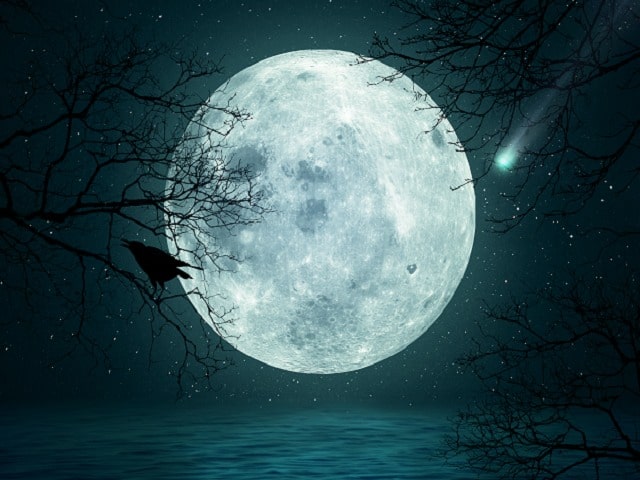
Full Worm Moon
March – As the temperature begins to warm and the ground thaws, earthworms appear, heralding the return of the robins. Northern tribes knew this Moon as the Full Crow Moon, when the cawing of crows signaled the end of winter; or Full Crust Moon, because the snow cover becomes crusted from warming and cooling. The Full Sap Moon, marked the time to tap maple trees and Lenten Moon, was considered to be the last full Moon of winter.

Full Pink Moon
April – This name came from the wild ground phlox, vibrant pink in color, it is one of the earliest widespread flowers of the Spring season. Other names for this month’s celestial body include the Full Sprouting Grass Moon, the Egg Moon and among coastal tribes, the Full Fish Moon, because this was the time that the shad swam upstream to spawn. A full Moon in April brings frost. If the full Moon rises pale, expect rain.

Full Flower Moon
May – In most areas, flowers are abundant everywhere during this time, therefore, the name of this Moon. Other names include the Full Corn Planting Moon or the Milk Moon.This full moon is also the Buddha Moon or Wesak Moon, considered to be the most auspicious day in the Buddhist calendar. It is a week long celebration of the birth, enlightenment and death of Buddha celebrated by cultures around the world.
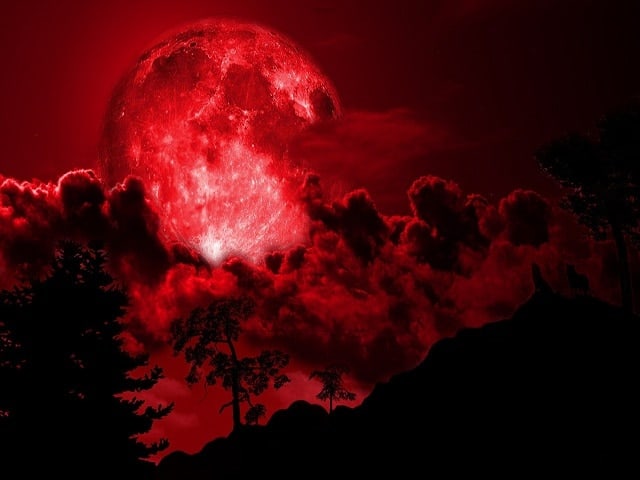
Full Strawberry Moon
June – This name was universal to every Algonquin tribe. However, in Europe they called it the Rose Moon. The relatively short season for harvesting strawberries comes each year during the month of June. So the full Moon that occurs during this month was christened for the strawberry! A red-tinted moon meant a dry year would come. This growing moon and flowing tide were also lucky times to marry.

Full Buck Moon
July – This month is when new antlers on bucks push out of their foreheads in coatings of velvety fur. Also called the Full Thunder Moon since thunderstorms are most frequent at this time. Also considered the Full Hay Moon or Meadow Moon, as the meadows are at greatest growth this month and its time for cutting hay. Other names for this month’s Moon include: Blood Moon, Grain Moon, Green Corn Moon, Herb Moon, Hungry Ghost Moon, Wort Moon.

Full Sturgeon Moon
August – The fishing tribes are given credit for the naming of this Moon, since sturgeon, a large fish of the Great Lakes and other major bodies of water, were most readily caught during this month. A few tribes knew it as the Full Red Moon because, as the Moon rises, it appears reddish through a sultry haze. It was also called the Green Corn Moon or Grain Moon.

Full Harvest Moon
September – The harvest moon happens on the Saturday nearest the Fall Equinox and is attributed to the time when Native Americans harvested corn. Once in every three years we have the same full moon in October, but the one in September is called the Harvest Moon because farmers can continue their harvest late into the night by the light of this moon. Sometimes, the September full moon is called the Full Corn Moon.

Full Hunter’s Moon
October – This full Moon is often referred to as the Full Hunter’s Moon, Blood Moon, or Sanguine Moon. Because the fields were traditionally reaped in late September, early October, hunters could easily see animals that came out to glean from the fallen grains. Probably because of the threat of winter looming close, the Hunter’s Moon is generally accorded with special honors, historically serving as an important feast day in both Western Europe and among many Native American tribes.

Full Beaver Moon
November – This was the time Native Americans sought after the beaver, before the swamps froze, to ensure a supply of warm winter furs. Full Beaver Moon also comes from the fact that the beavers are now actively preparing for winter. It is sometimes also referred to by some tribes, as the Frosty Moon. A halo around the Moon would predict wet or stormy weather.

Full Cold Moon
December – During this month the winter cold fastens its grip and nights are at their longest and darkest. It is also sometimes called the Moon before Yule. The term Long Night Moon is also an appropriate name because the midwinter night is indeed long and because the Moon is above the horizon for a long time. The fresh winter moon has a high trajectory across the sky because it is opposite the low Sun.
Manifest Your Goal
When you break down the process of what true intention really is, you will find a process that unfolds before you. By applying this process, you create your intention. Here is how you map out your intentions:
1. Have purpose : Your reason behind your intention is purpose. Having a purpose infers a more determined path. __________________________________ (building up-new moon to full moon or tearing down-full moon to new moon)
2. Design your intent : This suggests a more careful, laid out and calculated plan of action. What, when, why where, how. __________________________ (making more money-new moon to full moon or getting rid illness-full moon to new moon)
3. Improve your aim : By improving your aim, you add to your implications or target effort directed toward attaining your intention. _____________________ (making more money-by… or getting rid of illness by…)
4. Gain your objective : Create a clear objective by aiming for something tangible and immediately attainable. _____________________________ (making more money by… in order to… or getting rid of illness by… in order to…)
5. Reach your goal : The goal is the result of your intention, put into action and attaining it by thought out effort and un-waiving focus. _______________ (made more money to reach what goal… or got rid of illness to reach what goal…)
Learn more about optimizing your intentions…
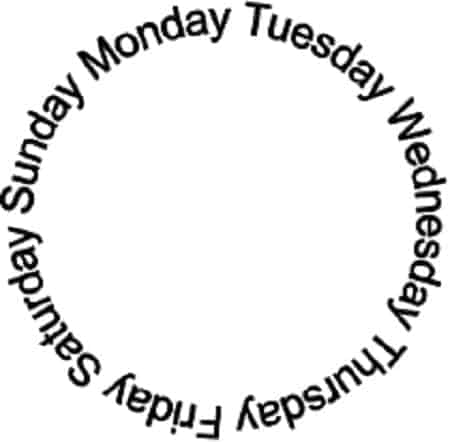
Using Days of the Week
Sunday: Ruler: Sun – Sunday is best used for masculine issues, ambition, career, goals, health,strength, protection, spirituality, and success. Corresponding colors are yellow, gold, orange, and amber.
Monday: Ruler: Moon – Monday is best for magic involving home, family, pets, peace, healing, fertility, feminine issues, psychic development, divination, astral travel, and dreams. Best day for intuitive and creative work. Corresponding colors are white, silver, ivory, pearl, lavender.
Tuesday: Ruler: Mars – appropriate spells and magic include those dealing with business, work, confrontation, partnership, protection, sex, courage, bravery, gardening, and passion. Best day for aggression, passion and power work. Corresponding colors are red, pink, and orange.
Wednesday: Ruler: Mercury – Wednesday is best for issues of communication, creativity, healing, wisdom, legal issues, divination, astrology, studies. Corresponding colors are purple, silver, and magenta.
Thursday: Ruler: Jupiter – spells and magic relating to money, prosperity, holidays, travel, business, growth, self-improvement, wealth, health, generosity, and luck are best performed on this day. Best day for expansiveness and adventure work. Corresponding colors are any metallic colors, blue, green, turquoise, white, and purple.
Friday: Ruler: Venus – Friday is best utilized for magic involving love, friendship, affection, harmony, reconciliation, romance, beauty, and socializing. Best day for money, the arts and beauty work. Corresponding colors are green, pink, white, rose, and coral.
Saturday: Ruler: Saturn – spells and magic relating to binding, debts, justice, karma, discovery, protection, longevity, home, and endings are best done on this day. Best day for responsibility and task work. Corresponding colors are black, gray, brown, blue, red, and white.
Keeping A Lunar Journal
A Lunar Journal , is a great way to bring the power of your thoughts, good energy and a generous way to express your true insight on paper. This journal can be used for writing down situations and how you have experienced them. These journals are good places to record your outlook, your goals for achieving a path to your truths and your daily affirmation. It can allow you to look at that information later for understanding inspiration and guidance.
Creating Your Workbook
1. The moon goes through eight distinct phases. Four of these (new, full, waxing, waning) are particularly important when manifesting with the energetics of the lunar cycle.
2. You can divide your journal into 4 or 8 sections. It is a good idea to write key words associated with each section.
3. As the moon passes through each phase, write about your own perceptions and insights. Consider writing a paragraph or so about how you feel emotionally, key thoughts or anything unusual or unique that might have happened to you during this time.
4. When working with intuitive information , focus on an empty slate. Accept the process of receiving the information that comes in without judging or trying to understand it in the moment.
5. List what feelings you are holding on to. Are they negative or positive? Explain in your journal.
6. Now, learn about the power of the rhythm of these feelings. Do not assume anything. Write down each day, something new that you find as an instinctual action of doing, seeing, saying, hearing…
7. I feel it is important to keep a lunar journal for several months. This will give you a better, overall picture of how the rhythm of the moon plays a part in the cycles of YOUR life.
8. Learning to follow your intuition is essential to understanding what is at the root of all action. Find three things when interpreting your insight that makes it a stepping stone to the next level! List them now.
9. Be sure and write the time and day on the top of the page.
10. Make this journal your own! Buy or make a book that you are eager to go to each day. Use stickers, color, doodles that all express your journey to understanding yourself and others.
11. Consider keeping track of such things as your menstrual cycle, the fluctuation of your moods, emotions and libido. Write down any distinct dreams.
12. Understanding and developing more awareness of lunar cycles will help strengthen your connection to your divine and higher consciousness.
13. Now, lets take this to the next level. You probably know your sun sign (aries, leo, scorpio…) but do you know your moon sign?
14. The sign occupied by the Moon at your time of birth is your moon sign.
15. Moon signs define our emotions and make up the unconscious side of our personality.
16. If you do not know what sign the moon was in when YOU were born…. you can find out here.
17. The Vedic, Chinese and Celtic systems of astrology all use the moon as one of their most influential components in foretelling and forecasting.
18. As an exercise, you can write down your sun sign on the back pages of your journal. Then on the opposite side of the page, write down your moon sign. Under each sign, set up positive and negative trait aspects.
19. Then, look up your sign under each of the other astrological systems (Vedic, Chinese, Celtic). Make notes beneath your sun and moon sign columns.
20. This creates an amazing “profile” page about yourself to add to your journal. It is also great to look back on different traits and aspects of your personality.
Moon Transitions
Full Moons are traditionally associated with temporal (temporary) insanity (hence the terms lunacy and lunatic) insomnia, and various “phenomena”. Psychologists, are divided when it comes to the effects of the moon on human behavior. They find that studies are generally not consistent, with some showing a positive effect and others showing a negative effect. Eclipses have long been associated with major “life changes”, supermoons with an increase in power and blue moons, as rare events to fully express ourselves. What do you think?
 | New Moon | A new moon is a journey into your deeper self, your true self, your real pure note, your spiritual resonance. |
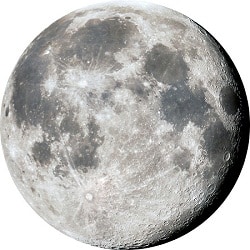 | Full Moon | The reflective light of the full moon gives a wonderful and magical sense of harmony and peace |
 | Super Moon | The Moon will be at its closest approach to the Earth and may look slightly larger and brighter than usual. |
 | Blue Moon | A blue moon is an additional full moon that appears in a calendar month. |
 | Lunar Eclipse | Occurs when the earth comes between the moon and the Sun, cutting off the light of the Sun from the moon. |
 | Solar Eclipse | Occurs when the moon comes between the sun and the earth. This blocks the light of the sun from the earth. |
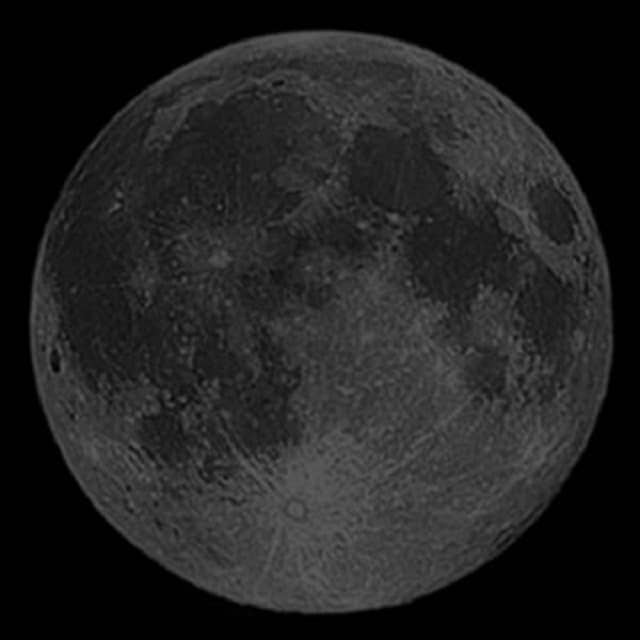
New Moon Meditation
A new moon mediation is a journey into your deeper self, your true self, your real pure note, your spiritual resonance. It is a healing meditation on a multi-dimensional level.
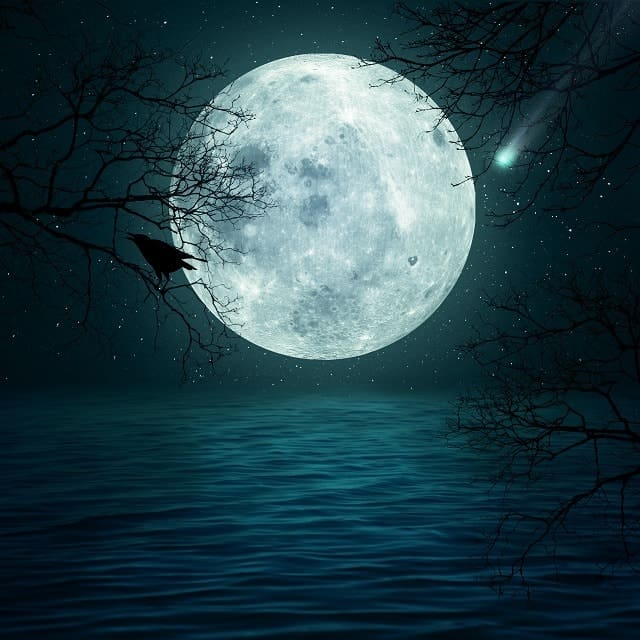
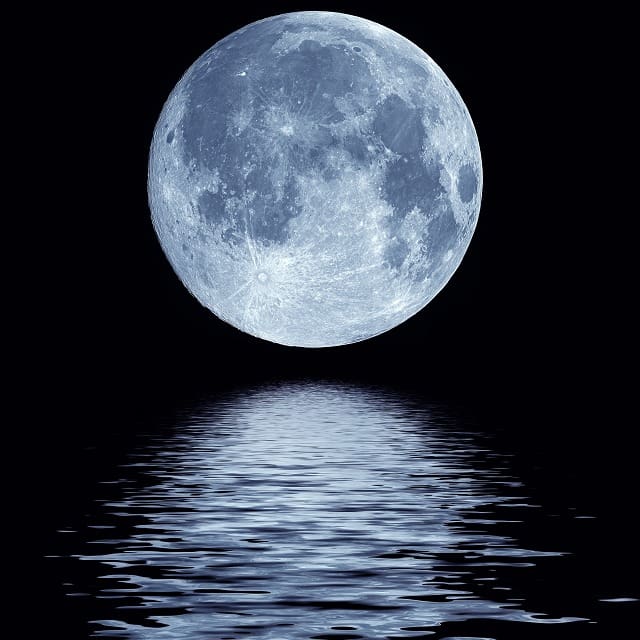
Super Moon Rituals
A Supermoon, is the coincidence of a full moon with the closest approach the Moon makes to the Earth. This results in a larger than usual looking moon, affecting tides and energy all around it. Here are 10 rituals you can do on a supermoon or any full moon.

The Black Moon
The black moon has no definitive meaning. It has been popular over the last decade to be associated with a month that is void of a new moon. Occasionally, two new moons occur in the same month. This usually starts on a February because of the amount of days that vary…
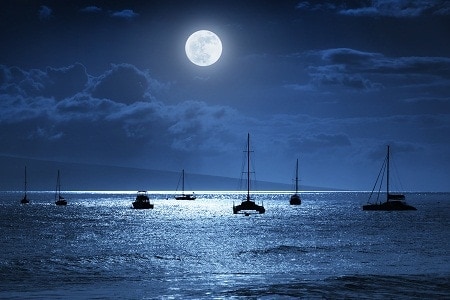
Tides: The Pull of the Moon
Ocean tides are periodic rises and falls in the level of the sea, and are formed by the gravitational attraction of the Moon and Sun on the water in the ocean. Although the Moon is much smaller than the Sun, it has a greater gravitational attraction for the Earth because the Moon is much closer to Earth. This causes the oceans to bulge out in the direction of the Moon.
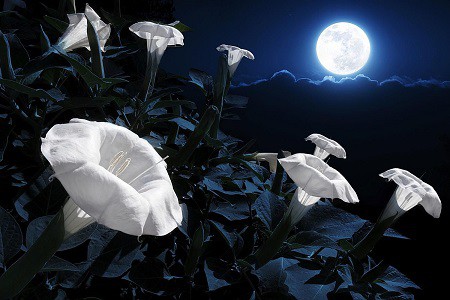
Moon Garden: Flower Power
Moon gardening at night is a great way to enjoy white or light-colored, night blooming plants, in addition to those that release their intoxicating aromas in the evening. White flowers and light-colored foliage reflect the moonlight. Not only are these a beautiful sight to behold, or smell, but these night gardens also attract important pollinators, such as moths and bats.
Food For Thought
Food has been used all over the world to help celebrate rituals and festivals and food associated with the moon is no different. Enjoy these wonderful ideas for your moon ceremony.
Crystals Associated with the Moon
Embracing the energies of the moon can be a great tool when you are doing any kind of empowerment work. The moon has a powerful relationship to our lives. The moon’s influence can be seen by its connection to the Earth’s tides. There is a connection to the moon and the intuitive aspect of one’s nature. The phases of the moon relate to seasons, color, menstrual cycles, life cycles and along with the sun, the moon’s energy is a higher conductor and amplifier of our moods and emotions.
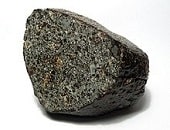
Meteorite
Usually solid, dull, mottled, brownish to black. Non-iron varieties amplify thoughts/telepathic sending/receiving, greater awareness, some connection to extraterrestrial life. Odd/unusual energy, best used by those drawn to them. Some believe that since Meteorites are in tune with the energies of the cosmos and therefore more capable of raising our energies to a universal level.
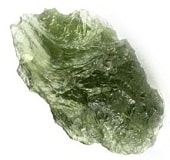
Moldavite
Moldavite is a great stone for bringing great change in short periods of time. This stone is used for accessing the higher self working as a catalyst for the inner evolving spirit. It is used to align yourself with the power of the divine. Its divining spiritual nature is believed to come from it extraterrestrial roots.
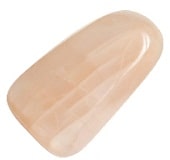
Moonstone
Moonstone honors the Goddess in all women. This stone helps women (and men) to be more comfortable with their gentler feminine/yin receiving side. This stone is also an excellent remedy for overly aggressive females or for men who need to connect to their more feminine/emotional side. Its connection to the moon has been documented for centuries.
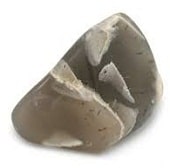
Black Moonstone
This is a great crystal for finance and prosperity. It will help attract a gradual increase in your finances and you will begin to feel more financial security. Like the new moon, changing to the full moon, black moonstone is symbolic of this “new moon beginning” and the ideal time to plant the seeds of good intentions in order to watch them grow.

Obsidian
Obsidian is actually natural glass that is formed when hot lava is submerged in water. This is a strong grounding stone and is known as “the protector”. It is said to “mirror one’s soul. This stone brings about objectivity, dis-attachment and is grounding. It reduces fantasy and escapism.

Pearl
In tune with emotions, water, and women, especially pregnant women, pearls are a symbol of pure heart and mind; innocence and faith. Because it is from the sea, it has watery and lunar elements, therefore it is used for balancing emotions, especially for water signs. Absorbing by nature, this mineral absorbs thoughts and emotions and because of this, must be used only occasionally.
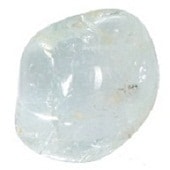
Quartz, Clear
Thought to amplify both body energy and thoughts. It can assist in the creation of power, clarity of thinking, meditation, cleansing, clearing the aura, spiritual development and healing. Clear Quartz is considered the “stone of power”. Pure white light passes through it easily, leaving all the colors of the spectrum unaltered and giving substance to the argument that Clear Quartz crystals can help balance all the elements needed to make us whole and fulfilled.
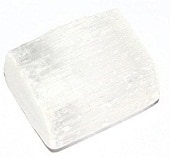
Selentite
This is the mineral gypsum. Its white/clear striated crystaline body is a sheer source of calming, spiritual light. It works with the higher spiritual Chakra in accessing our higer consciousness, spirit guides and the angelic realm. Beacuse of its striations, like tourmaline, it works along the spinal column grounding and anchoring our Earth vibration and utilizing kundalini to rise freely up our light body stimulating each center as it vibrates.

Silver
This metal is excellent for mental, emotional, and physical releasing and cleansing. Works on mind/emotions to see life’s overview, our emotional balance, and need for patience. Like the moon’s energy, silver has a gentle, cool, smoothing effect. Therefore, it reduces inflammation, fever, nervous system stress.
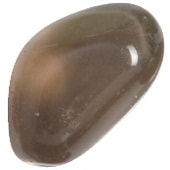
Smoky Quartz
Smoky Quartz is a grounding stone. It is used most often to overcome depression, soothing nightmares and stress. Quartz stimulates the natural crystal in body tissues and fluids to resonate at the highest healing frequency. Because it is associated with the Root Chakra, it helps to alleviate fear, anxiety and associated emotional depression.
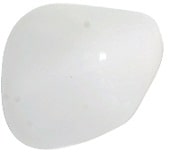
Snow White Quartz
Snow White Quartz: also known as Snow Quartz or Milky Quartz, it is a variety of Rock Quartz crystal with microscopic water bubbles and inclusions of carbon dioxide. This gives the stone its “snowy”, white, or “milky” appearance. Snow White Quartz is the “Observation Stone”. Like the introspective and contemplative time of winter, this unique stone allows us to notice more the actions around us,
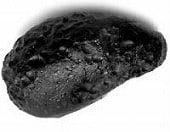
Tektite
This is a type of natural glass, chemically and structurally unique, to meteoric origins. Tektites are found on earth within a narrow equatorial belt 80 degrees wide. Tektites usually have a heavily pitted surface. Many have the appearance of being stretched while in a molten state. They assist one in attaining knowledge and learning lessons throughout the travels of life.
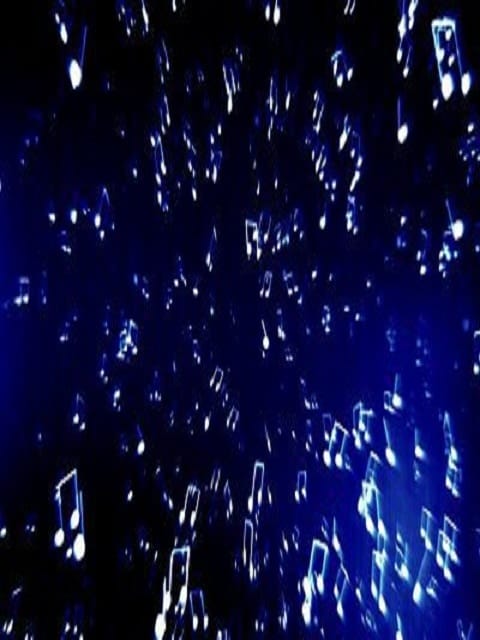
Magic Moon Musical Playlist
The pull of the moon is indescribable! Romantic and mysterious, illuminating and simply curious, the moon’s magic has been captured in song by some of the world’s most beloved composers, all of which have, in some way, been beguiled by this lunar orb.
I thought it would be an inspired opportunity to share some of the most renowned music written for the moon. These melodies have been choosen from mixed genres and their themes relay their message, rhythms and tempos of this emotional body that influences us in so many ways. Discover the moon as expressed in song. I call this list:
The Magical Moon's Musical Playlist
1 Claire de Lune , London Symphony Orchestra
2. Fly Me To The Moon , Frank Sinatra
3. Talking To The Moon, Bruno Mars
4. Moon River, Andy Williams
5. Shepherd Moons, Enya
6. Shine On, Harvest Moon, Boswell Sisters
7. Man on the Moon, REM
8. Moon Over Bourbon Street, Sting
9. How High The Moon, Ella Fitzgerald
10. Song To the Moon (from “Rusalka”), The New Age Academy
11. It’s Only A Paper Moon , Nat King Cole
12. Sisters Of The Moon , Fleetwood Mac
13. Moonlight Sonata, Ludwig Van Beethoven
14. Moonlight Serenade, Glen Miller & His Orchestra
15. Moon Over Miami, Jimmy Cooke
16. Blue Moon, Mel Torme
17. Moonrise Dan Gibson
18. Arthur’s Theme (Best That You Can Do), Christopher Cross
19. Moon Over Manakoora, Harry James
20. La Lune, Sarah Brightman
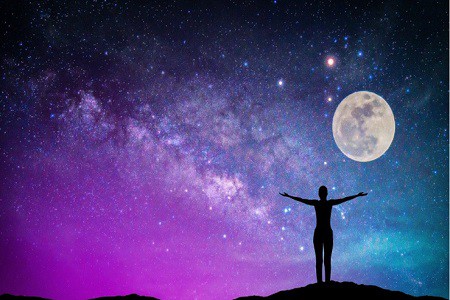
Get Your Moon Over the Mountain
Are you feeling at the top of your game mentally and physically? In other words, do you have your moon over the mountain?
Get Your Moon Over the Mountain with New Moves, Fresh Start, Get Motivated!
The New Year can be a time of new and invigorating power! Between the stress and strain of holiday pressures, parties and procrastinating, we have only enough energy left to get by, exist and run on auto-pilot until the pop of New Years’ Eve is over. Well, now’s your chance to take advantage of The Three M’s. Get motivated, get moving, get out the mirror!
(Remember, this does not have to be applied at the New Year ~ It can be applied at a New Moon, Full Moon or anytime you are ready to get motivated!)
Motivating ourselves is the fire, which jump-starts our actions. Find a good reason to be motivated…good health, better career, a new relationship….whatever your reason, make your choice and stick to it! Then use tools to get you motivated. Try inspiring music, the power of scent (lemon, orange, floral scents) or a more mind centering process like yoga, meditation or hypnosis.
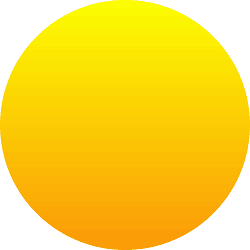
Sun Signs
The sun signs are the 12 signs of the zodiac. This system of astrology, which considers only the position of the Sun at birth, places one “personality” within one of the twelve zodiac signs. Also called your “star sign” this basic twelve-fold division relates the current movements of all the planets to each other, using traditional rules to divine meanings for each sign separately. Because the Moon has the fastest apparent movement of all the heavenly bodies, it is often used as the main indicator of daily trends for sun sign astrology forecasts.
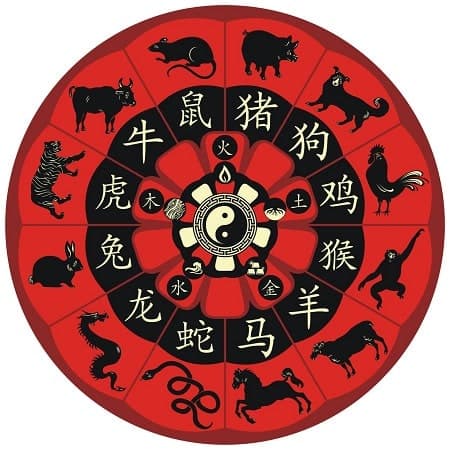
Chinese Horoscope
Chinese New Year starts with the New Moon on the first day of the Lunar new year and ends on the full moon 15 days later. The lunar calendar has a sixty year cycle. In Chinese Astrology, the five basic elements of Metal, Water, Wood, Fire and Earth, which make up all matter, are combined with the twelve animal signs of Rat, Oxen, Tiger, Rabbit, Dragon, Snake, Horse, Sheep/Goat, Monkey, Rooster, Dog and Boar/Pig to form the sixty year cycle. One’s Chinese horoscope is based on which lunar year in this sixty year cycle one was born.
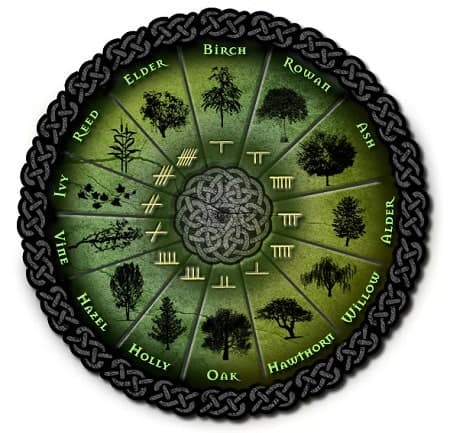
Celtic Astrology
The Celtic Calendar is a compilation of pre-Christian Celtic systems of timekeeping, including the Gaulish Coligny calendar, used by Celtic countries. The Ogham (commonly pronounced Oh-m) is an early Medieval alphabet used primarily to transcribe the early and late period, Irish language The glyphs are the only written form left by the Druids. The Ogham is sometimes called the Celtic Tree Alphabet, based on ancient medieval traditions, ascribing names of trees to the individual letters. The Ogham were associated with the 13 sacred trees and followed the 13 moons of the calendar year.
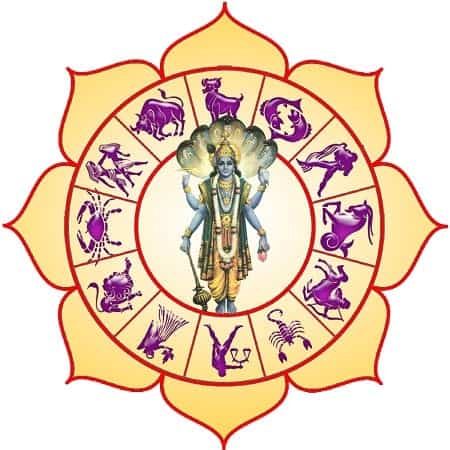
Vedic Astrology
This ancient art is the traditional Hindu system of astrology, also known as Indian astrology or Vedic astrology. Vedanga Jyotisha is one of the earliest texts about astronomy within the Vedas. Your sign is devised from the position of the moon at your birth, as well as your ascendant sign. Astrology remains an important facet of Hindu folk belief in contemporary India. Many Hindus believe that heavenly bodies, including the planets, have an influence throughout the life of a human being, and these planetary influences are the “fruit of karma.”

Today’s Your Birthday
Happy Birthday!!
A birthday is a day or anniversary when we celebrate our special date of birth. Birthdays are a big deal. Monumental. Sacred. What could be bigger in your life than the day you were born? Birthdays are celebrated in numerous cultures, often with a gift, party or rite of passage.
At Peacefulmind.com, we are all about the rituals of honoring, empowering and enlightening your life. You will find specific information that is JUST FOR YOU!
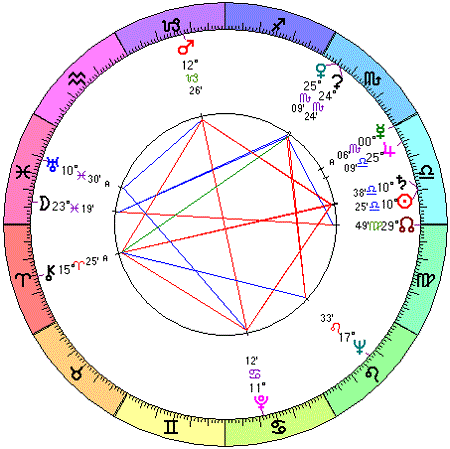
Your Personal Birth Chart
A birth chart, also called natal chart, shows the positions of the stars in a chart drawn for the exact time of your birth at a particular place on Earth for the purposes of gaining more insight as to who you are. Because the sun, moon, planets, and primary angles in the sky are constantly in motion relative to the earth, as each second passes the natal/astrological birth chart is changing and a new chart is created for every moment at each location. A natal chart is extremely personal and unique, depending on the specific date, exact time, and precise location of the birth.
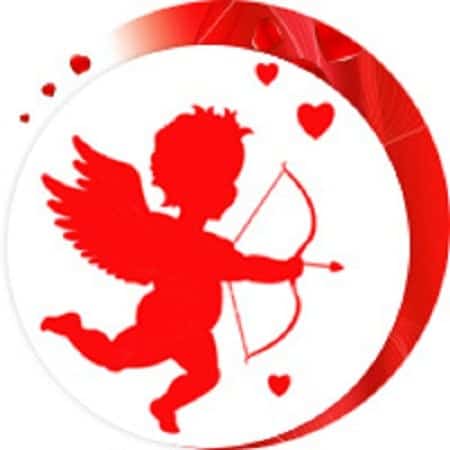
Your Relationship Charts
Now, you can take it one step further and calculate the astrological compatibility between yourself and another person. Tonio will compare your birth chart to the birth chart of your love and provide an in-depth analysis.
Tonio’s unique method is based on the psychology of each sign. We all know that each sign has their specific traits. We also know that each sign is influenced by their associated planets, moon and sun signs. Sun sign compatibility takes into account only one of hundreds of compatibility factors. Many other factors are involved when evaluating the compatibility of two people.

Private Reading w/Tonio!
As one of the most renowned, astrological intuitives on love relationships, Tonio has, for over 20 years, become most noted for his “Celestial Relationships“(tm) and finding the right astrological combination for YOU!
With “Celestial Relationships“(tm), there is no judgement when it comes to the astrological sciences. Tonio works on the energetic relationships between two people! By planning your life around your celestial connections, it can be so easy to create a harmonic work environment, a wonderful companion and even a good association with your family!
Study Energy Medicine at Home
The Peacefulmind.com Homestudy Courses make it possible for anyone to study energy medicine at home, on your time! These certifications programs are offered by the National Association of Holistic Wellness
*The Crystal Astrologer Course – Sourcing Astrological Answers Through Crystals, is the culmination of years of research and clinical study that Andrew has done in his NYC practice with his own patients. In this study course we will use crystals for astrological exploration, divination, crystal remedies and many other uses. Crystals have been used for astrological divination throughout the centuries for their subtle vibrational nature, which is thought to be linked to the vibrational powers of the cosmos. Crystals open a path to self-discovery, wisdom and inner knowledge, as well as tuning us into our own intuition. Want to know more?
*The Crystal Divination Workbook: This is Andrew’s NEW workbook, which utilizes the power of crystals for divination purposes! Andrew includes in this workbook: crystal grids, pendulum work and techniques, metaphysical properties of crystals, his Crystal Oracle Cards…and much more! Want to know more?
*Transitions: The Transformational Guide and Workbook for Creating Great Health This is the culmination of years of Andrew Pacholyk, MS, L.Ac. clinical work. This is a manual you can use, whether you are healthy or ill or somewhere in between and you want to re-balance your mind, body and spirit to become the whole person you can be! This workbook gives you a plan to take care of yourself. It can be used over and over to find balance and keep yourself as healthy as possible. It gives you “tools” to use when and where you need them. It helps to evaluate where you are in your journey and offers ways to get you exactly where you want to be! Want to know more?
*The “Color Elite” Color Therapy Certification Course Andrew Pacholyk, MS, L.Ac. has finally published his most complete healing course using the power of color and light therapy. This ultimate guide to chromotherapy teaches you about color and every aspect of it, how it is used in different therapeutic settings and how it has become such a great healing modality, no matter what profession you are in you will learn how to incorporate color into your daily life! Want to know more?
*The Crystal Light Crystal Therapy Course This incredible course is our biggest and most popular course on the internet! This is the study of crystals and how to heal with earth’s precious gems! Want to know more?
*Chakracology – A Workbook and Manual This workbook format allows you to look at the energy of the Chakra and how they affect us on a daily basis. The book allows you to work through each center on a mental, spiritual, as well as a physical level and then find ways to re-align, balance and manage your energy in a positive way! Want to know more?
*The Healing Art of Touch – Massage Therapy Homestudy Learn the art of touch and massage therapy through Andrew’s very extensive course. Complete anatomy lessons, varied techniques and amazing information is offered in this course. Also learn the business aspects of massage, how to cope with clients that are difficult and energy transference are just a few of the many topics covered! Want to know more?
*What’s Your Heart Telling You? Finding Love and Romance – The Workbook and Journal Andrew Pacholyk, MS, L.Ac. has now published his newest work based on years of personal intimacy, clinical experience, counseling and client research on the ways to navigate love, sex, romance and relationships in a modern day world. Andrew has devised this very thorough workbook and journal with questionnaires, exercises, quotes, tips, meditations, feng shui, aromatherapy, massage and herbal applications for creating the perfect scenario for finding, coping and keeping love in your life! Want to know more?
*The Feng Shui Journal The Peacefulmind.com Feng Shui Journal makes it possible for you to improve relationships, maximize career potential and enhance your environment! * We are honored to offer the Feng Shui Journal for beginner to advanced Feng Shui practitioners. This journal covers an extensive background on Feng Shui techniques history, usage, clearing, cleansing, manifesting and helpful information in order to bring balance back into your life! Want to know more?
What are your experiences with the moon?
Sharing your own experiences often helps others. We’d love to know in the Peacefulmind Community.

